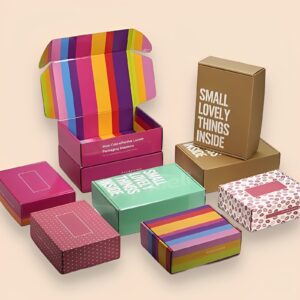
Packaging Printing Process —- Die Cutting & Creasing
Custom Packaging Printing Process Die-cutting and embossing originated from letterpress printing, utilizing molds to cut materials into various shapes, designs, and patterns. This technique is
Packaging serves as the first spokesperson for a product and is a crucial factor in helping brands stand out in the consumer market. Packaging design is not just a simple draft but a comprehensive packaging solution, involving the lamination process that addresses the durability and quality of the packaging, which cannot be overlooked.
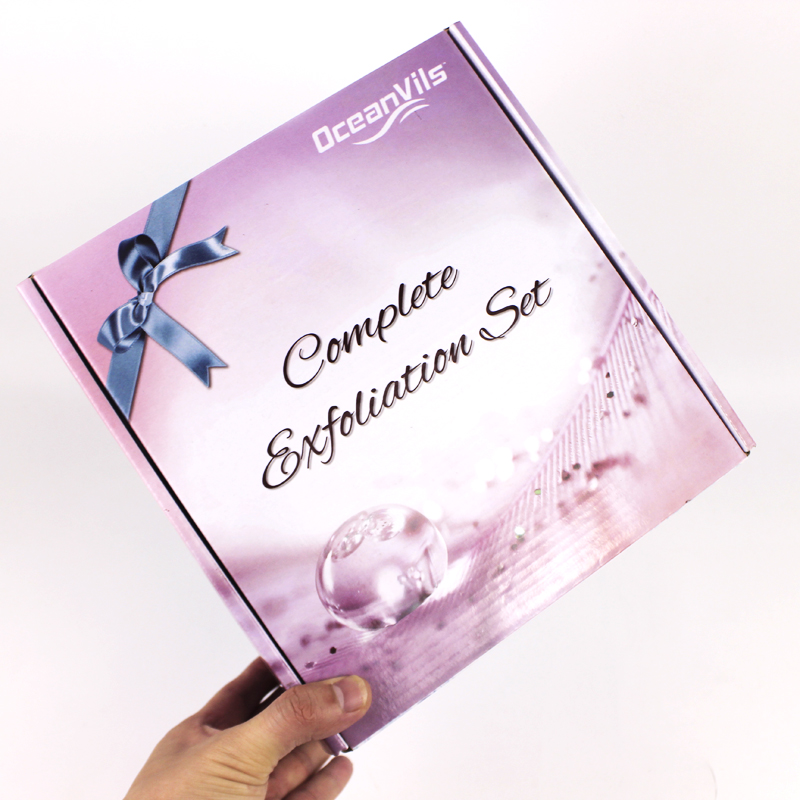


Definition
Lamination, also known as glazing, refers to the post-press processing technique where a transparent plastic film is laminated onto the surface of printed materials through heat and pressure, creating an integrated print and plastic processing technology. Lamination not only gives the packaging a smooth appearance but also helps prevent scratches and other damages.
Features
The protective nature of lamination enhances the toughness of printed materials, safeguarding the printed colors and preventing abrasions and scratches.
Classification
Based on different lamination effects, commonly used films in daily printing and packaging include matte film, glossy film, scratch-resistant film, holographic film, and touch-sensitive film, among others. Matte film and glossy film are the most common ones. Matte film adds a sense of luxury to the packaging with its non-reflective matte finish, while glossy film makes the packaging more vibrant, enhancing its visual appeal.

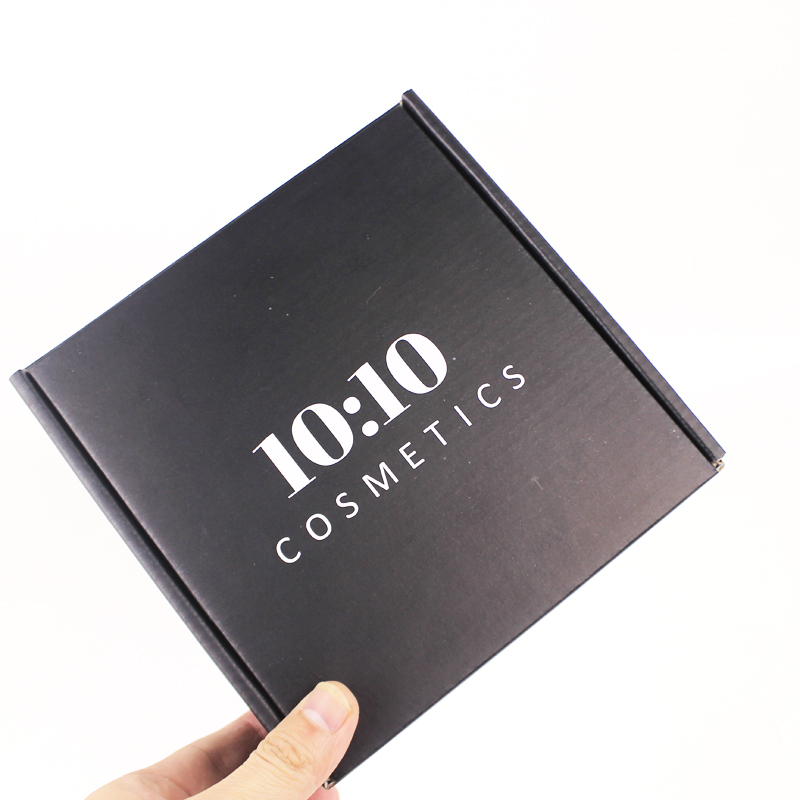
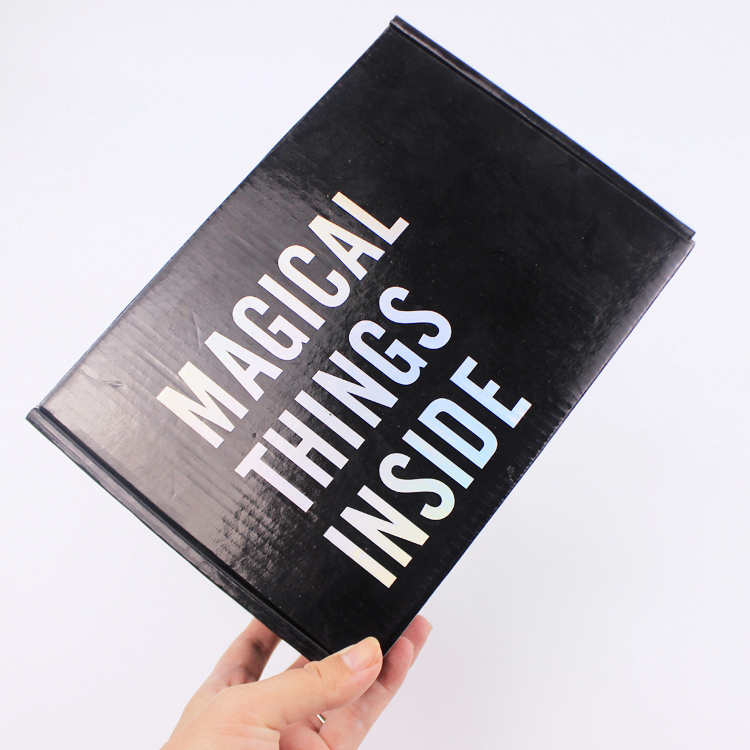
Matte or Glossy
Matte
Advantages
Matte lamination reduces glare and ensures the protection of packaging design, eliminating reflections from any angle. The matte surface treatment adds a certain level of richness and sophistication to the packaging, helping products stand out on the shelves.
Another benefit of matte lamination is its ability to conceal minor defects in the packaging material and enhance the tactile experience of the packaging. This is particularly useful for materials made from recycled packaging or custom packaging that must endure rough handling.
Disadvantages
While it softens colors, it can make them appear dull and reduce the vibrancy of images on the packaging. Additionally, it is not as durable as glossy film and is more susceptible to scratches.
In summary, matte lamination is an ideal technique when a textured and understated appearance is desired.
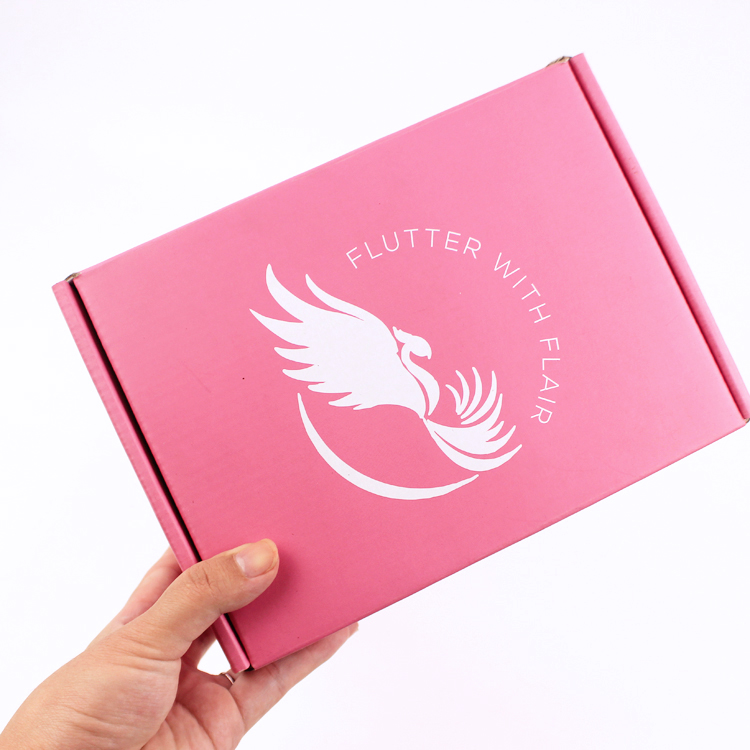
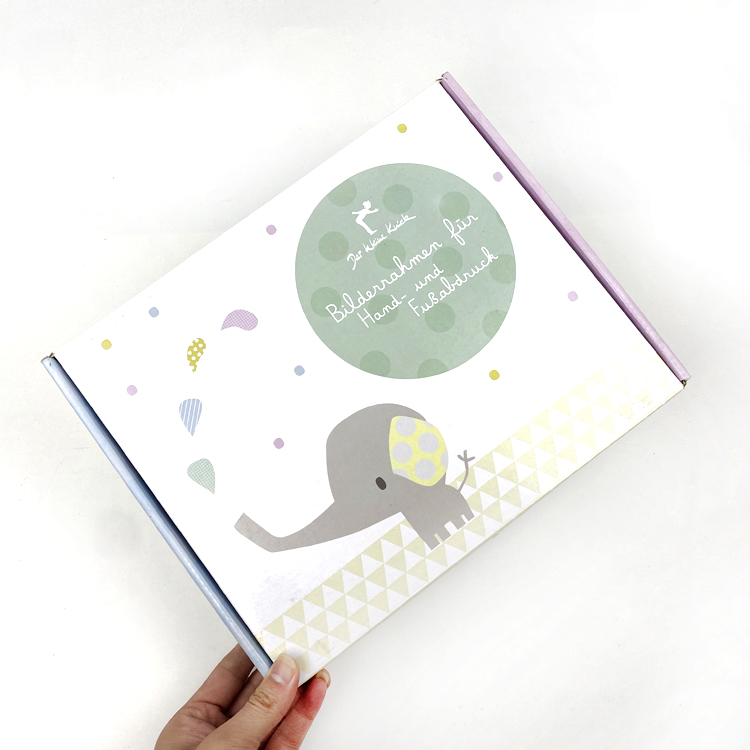
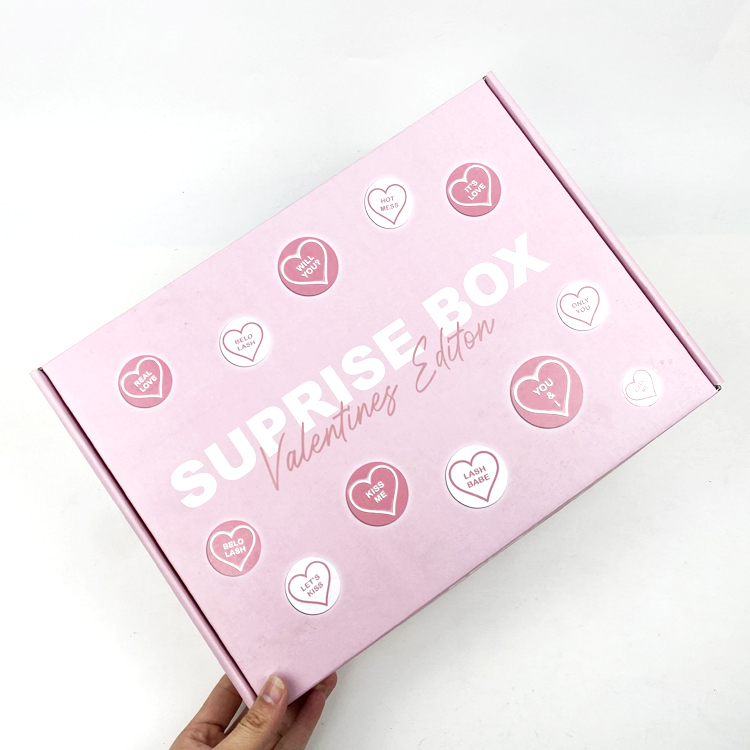
Glossy
Advantages
One of the major advantages of glossy lamination is its ability to enhance the vibrancy of colors and the quality of images on the packaging material, making them appear more vivid and lively. If a brand aims to convey a brighter, youthful feeling, glossy lamination is an ideal choice. Glossy lamination also possesses characteristics such as abrasion resistance, scratch resistance, and moisture resistance. These features make glossy lamination an ideal solution for high-end food packaging, cosmetic packaging, and game packaging.
Disadvantages
Under certain lighting conditions, its reflective nature can make reading text or capturing images of the packaging difficult. Glossy lamination is also more prone to displaying fingerprints and smudges compared to matte lamination. Therefore, the choice of primary colors is crucial in packaging design; lighter colors show fewer fingerprints.

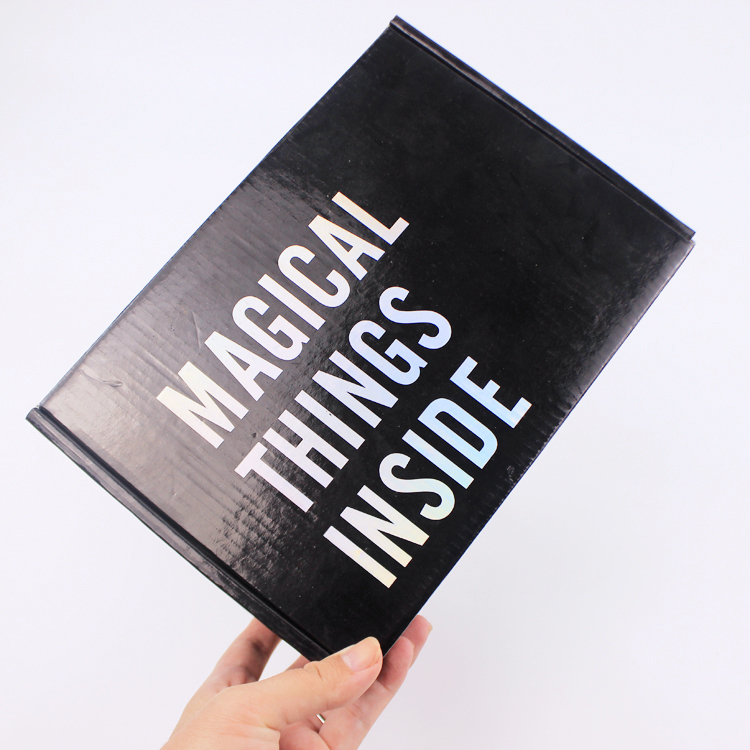
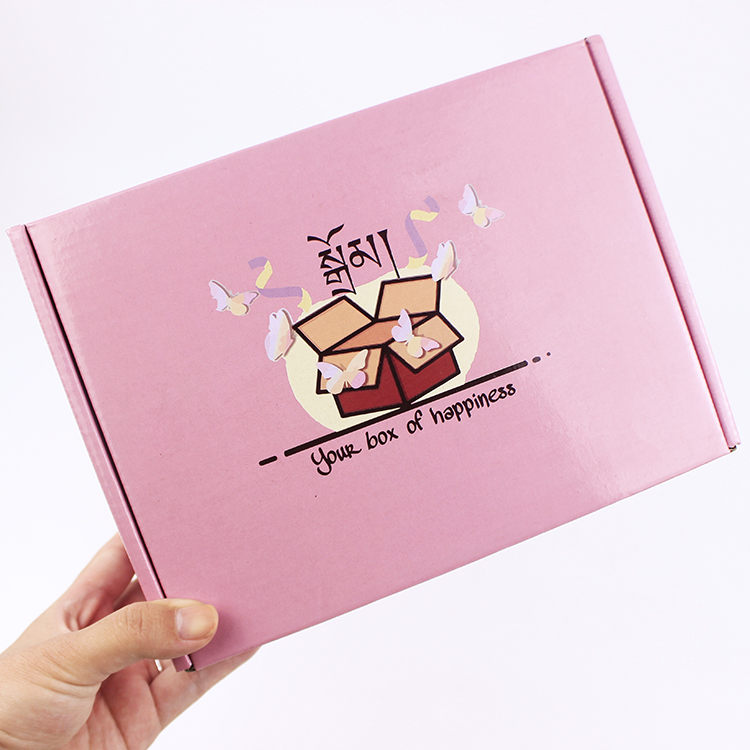
E-mail: nancy@dayipackage.cn
Direct: + 86 157 1504 4920(whatsapp)
Telefone: +86-596-2308791
Web: www.cnpaperboxes.com
01-1.Caixa de embalagem para envio
7Caixas de correspondência rosa x5x2inches com adesivo grátis
06-2. Envio de sacos plásticos de bolhas
06-2. Envio de sacos plásticos de bolhas
06-2. Envio de sacos plásticos de bolhas
Fill out the form below and let’s turn your ideas into real products. Or go old school and call us: +86157 1504 4920

Custom Packaging Printing Process Die-cutting and embossing originated from letterpress printing, utilizing molds to cut materials into various shapes, designs, and patterns. This technique is
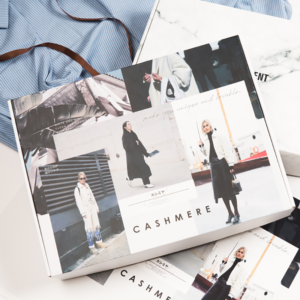
Custom Logo Mailing Corrugated Boxes Shipping Mailer Box Handling Misalignment in Overprinting Nowadays, product packaging increasingly emphasizes the artistic and three-dimensional aspects of patterns, allowing
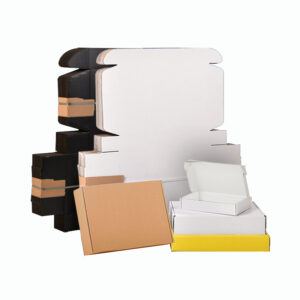
Custom Logo Mailing Corrugated Boxes Shipping Mailer Box Corrugated boxes, with their vibrant printing colors, excellent protective functions, environmentally friendly low-carbon advantages, and easy processing
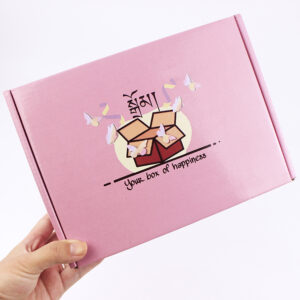
Custom Design Printing Paper Shipping Box Packaging serves as the first spokesperson for a product and is a crucial factor in helping brands stand out
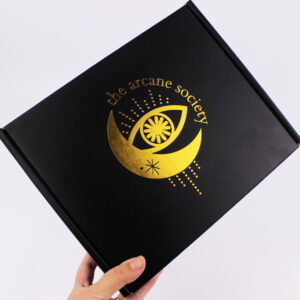
Custom Design Logo Printing And Glossy Paper Shipping Box Varnishing is the process of applying a layer of colorless, transparent coating (varnish) onto the surface
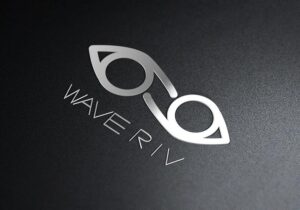
Custom UV Logo Corrugated Boxes Shipping Package Mailer Box UV stands for “Ultraviolet Rays” in English, UV ink refers to ink that undergoes cross-linking polymerization